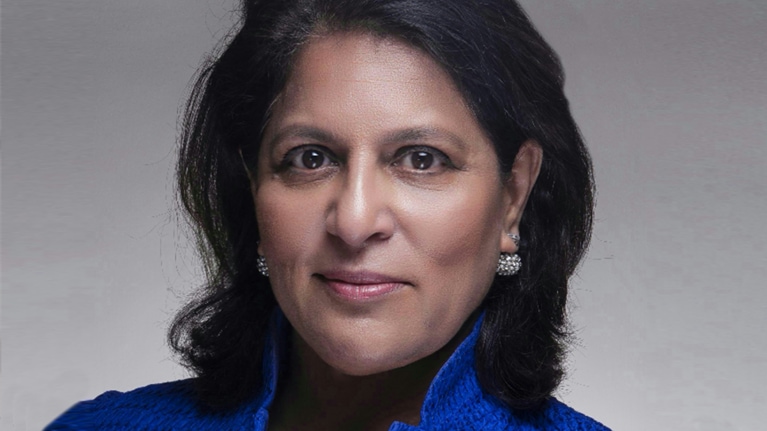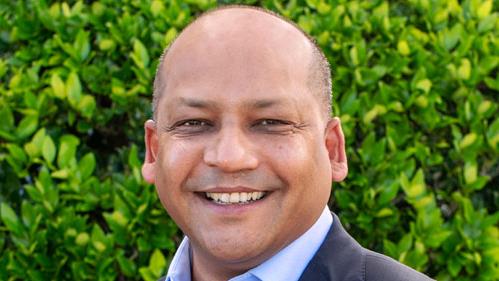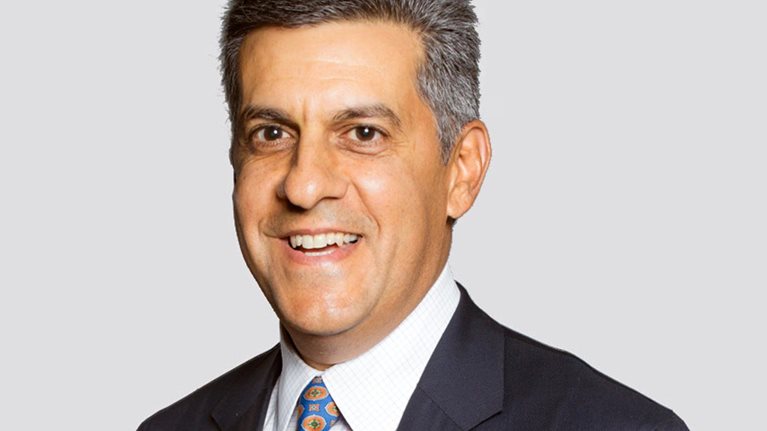“There is no doubt that the patient–provider experience during the past several months has accelerated virtual models of care by five to ten years. That’s a good thing!” So says Ann Huntress Lamont, who is pleased to see long-discussed changes in US healthcare becoming a reality during the COVID-19 pandemic.
Annie Lamont is a cofounder and managing partner of Oak HC/FT, a venture-capital firm that was spun out in 2014 from private-equity and capital-investment firm Oak Investment Partners, which she joined in 1982. In her current role, she focuses on healthcare companies for investment. While earning money (“something my investors appreciate,” she says), Lamont chooses to invest in companies she believes will improve the US healthcare system in some way—lower costs, improve patient care, or increase patient access, for example. During an interview conducted by McKinsey’s David Knott, Lamont discussed the transformation of the primary-care model and the growing need for behavioral-health care while highlighting the companies her firm has invested in and explaining why she became a venture capitalist in the first place. Her condensed and edited remarks follow.
It starts with good health
Hospital systems have been the drivers of our healthcare system. Our nurses and doctors in those hospitals have been heroes throughout the COVID-19 outbreak. But the reality is that if we want to lower costs, if we want to provide the best care, the future of healthcare has to be driven from outside of the four walls of a hospital system. Hospitals perform a vital service, but they make money by providing acute care and performing surgeries. If we want to provide the best care at the lowest cost, we need to be proactive and drive health. That starts with a focus on nutrition and wellness, the social determinants of health, and primary care, which is the front door to the healthcare system.
One of the transformative events of the past several months is that doctors and consumers realized that so much of what they’re doing can be done virtually and that home care can be far safer than institutional care, such as nursing homes. Home care is going to be dramatically impacted by the experience of the last few months. In our portfolio of companies, we have many effective ways to monitor and manage patients in the home and virtually. Companies like CareBridge—which provides electronic visit verification of a caregiver’s presence in a home, data aggregation, and monitoring of patients in the home—provide the essential tools to deliver responsible home care. Vesta Healthcare provides care management in the home, with remote patient monitoring and a payer model that is an incentive for Vesta to keep patients out of the hospital and healthy. DispatchHealth is redefining healthcare delivery by offering on-demand acute care and advanced medical care for people via fully equipped cars that make house calls.
In with the new tech models
The shift to virtual and home care is also an accelerant for all technology-oriented models. It is driven by the need to provide the right care, in the right place, at the right time, and at the right cost. The technology has been there, but the will to change has not—until today. Behavior change is the biggest barrier to progress in any industry, and it has been particularly challenging in healthcare. There is no doubt that the patient–provider experience during the past several months has accelerated virtual models of care by five to ten years. That’s a good thing!
But virtualization must be married with different payment models and models of care. Healthcare should not be thought of as a transaction or an on-off experience. Eighty percent of healthcare costs are driven by chronic diseases that need a holistic model of care. Providers need to be paid to provide care longitudinally for patients, not by the drink, as in a fee-for-service model.
A primary-care multiple-system operator, VillageMD is the essence of holistic care and provides their patients with a coordinated, data-driven, and individualized experience, virtually and in clinic. Within 24 hours of VillageMD realizing that COVID-19 would become a pandemic, the doctors identified 10 percent of their most at-risk patients. They contacted each and every one of them and said, “Stay home. We will take care of you virtually. Call us any time.” It was like a cocoon that they wrapped around the right patients. Because VillageMD is at financial risk for all the downstream costs of their patients, they are paid to keep their patients well and out of the hospital. It is an exciting example of how we need to reinvent primary care in America.
How primary care can evolve
Primary-care doctors are going bankrupt across the country because they are seeing fewer patients as a result of COVID-19. For the first time, it’s clear why fee-for-service is a very risky model for primary-care physicians (PCPs). The role that primary-care doctors play as care coordinators and gatekeepers is vital to a healthy healthcare system.
Attracting doctors to primary care has been difficult, as specialists are paid significantly more than PCPs. This has resulted in a shortage of PCPs in the United States. If you have doctors at risk for the total cost of the patient and enable them with care-coordination capabilities and data, you vastly improve the care provided and lower the overall cost of the patient to the system. PCPs share in the upside that results from the cost savings and are paid for the value they are providing, which is significantly more than they are making under the fee-for-service model. It’s a virtuous circle where we are finally paying PCPs appropriately, enabling them to manage care, and providing more doctors with incentives to become PCPs.
New recognition of behavioral health
If we were focused on behavioral health before, the national trauma of COVID-19 has greatly expanded that need. More than a decade ago [in 1996], Congress passed the Mental Health Parity Act. But we have not been paying for mental health or providing access to it in the comprehensive way that we need to. All of the social determinants of health are important, and all have been taxed during this healthcare and economic crisis: housing, access to food, and behavioral-health resources. All of those determine our health. What has become painfully obvious is that restricting care in mental health only balloons the total cost of medical care as well as the broader costs to society.
One of our portfolio companies, Brightline, was going to launch a behavioral-health clinic for children in the fall in California. But the COVID-19 outbreak has made the clinicians realize that they can provide the same care to children virtually, through video or over the phone. They really did not think it was possible to treat children that way, but now they do. Brightline will adopt telemedicine more aggressively than it would have and use telemedicine as more than a complement to what the clinic is doing.
Quartet [a healthcare technology company] is leading the way with a model of integration of mental-health care with primary care. If we do not think of mental-health care as integral to physical health, we will always suboptimize care.
Payers have become even more interested in supporting new, dynamic mental-health models of care as their own customers have seen a rising need and are demanding it.
The importance of purpose
Twenty years ago, there was a big push toward physician-practice-management roll-ups. It was really a financial play. The doctors thought they were receiving equity that was going to appreciate. But the quality of the software and information systems was poor, and the companies weren’t delivering the value that they should have been.
That taught me an important lesson: it doesn’t make sense to invest purely for financial reasons. If somebody gets into healthcare to make money, it’s dangerous because they don’t necessarily put the patient first and are rarely a long-term success. It was the beginning of our mantra: “If a company does not lower healthcare costs and improve outcomes, we have no interest.”
Why did I become a VC [venture capitalist]? To innovate and change healthcare for the better. The by-product of that is making money (something my investors appreciate). When we find entrepreneurs who are principally driven by their missions and also have great business sense, that is a winning combination. It is not hard to determine which entrepreneurs truly care about mission and purpose versus those who think it is a fast way to make a buck. Healthcare is hard, and it’s rarely a fast way to riches. We need entrepreneurs who are ready to build for the long term.
I have to believe that I’m helping to improve the system. I want to support innovation for good, transformation for good. That is my true north.


